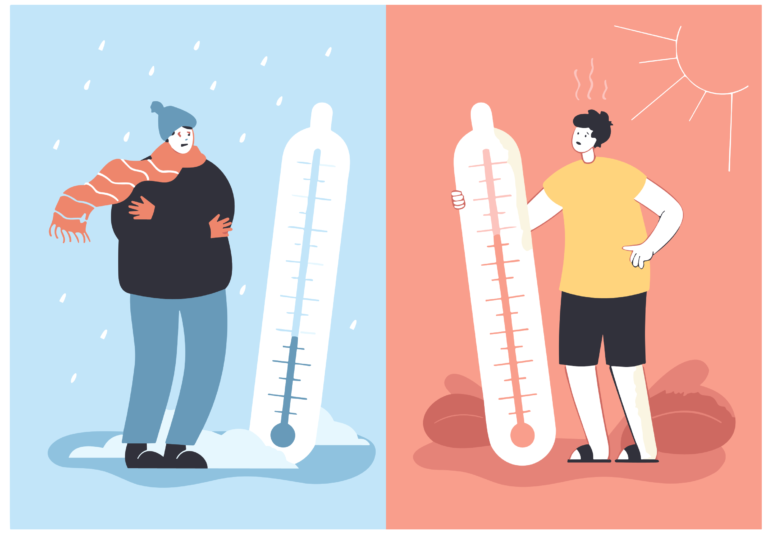
The Effects of Temperature and Humidity on Workplace Health and Safety
What are the effects of temperature and humidity on employee health and safety in the workplace?
Introduction:
Temperature and humidity are important physical factors in the workplace that can significantly impact the health and well-being of employees. In this article, we will explore the effects of temperature and humidity on workplace health and safety, along with relevant examples.
Effects of High Temperature:
Working in an environment with high temperatures can lead to various health issues for employees. For instance, in industries such as steel manufacturing or foundries, workers are exposed to extreme heat, which can result in heat exhaustion, dehydration, and even heat stroke. These conditions can have severe consequences, including hospitalization or even fatalities.
Example: In a textile factory without proper cooling systems, employees working on the production line may experience discomfort, fatigue, and reduced productivity due to the high temperature. Moreover, prolonged exposure to high temperatures can increase the risk of accidents, as it impairs concentration and cognitive abilities.
Effects of Low Temperature:
Similarly, working in environments with low temperatures can also pose health risks to employees. Cold temperatures can lead to discomfort, reduced dexterity, and even hypothermia. Industries such as cold storage facilities or outdoor construction sites during winter are particularly prone to these risks.
Example: Construction workers working in freezing temperatures without adequate protective clothing and heating facilities may suffer from frostbite, numbness in extremities, and reduced grip strength. These conditions not only affect the workers’ physical well-being but also increase the likelihood of accidents due to impaired motor skills.
Effects of Humidity:
Humidity levels in the workplace can also impact employee health and safety. High humidity can cause discomfort, difficulty in breathing, and increased risk of respiratory infections. On the other hand, low humidity can lead to dry skin, eye irritation, and respiratory issues.
Example: Employees working in a poorly ventilated office with high humidity levels may experience constant sweating, difficulty in concentration, and increased fatigue. This can result in reduced work efficiency and potential health problems such as respiratory infections or skin irritations.
Conclusion:
Temperature and humidity are crucial factors that significantly affect workplace health and safety. Employers should prioritize providing suitable working conditions, including proper temperature control, ventilation systems, and protective equipment. By addressing these factors, employers can enhance employee well-being, productivity, and overall workplace safety.

